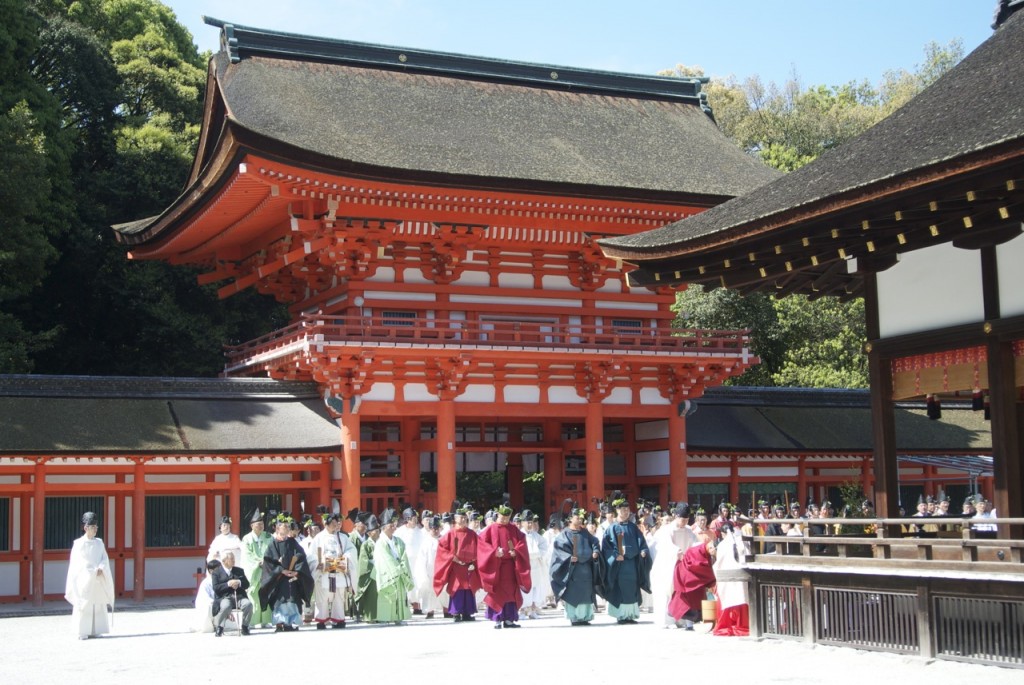 My local shrine has been making the headlines because of its plans to build a three-storey apartment block within its precincts overlooking the famed Tadasu no mori woods, which are a remnant of the original woodland that once covered the Kyoto basin.
My local shrine has been making the headlines because of its plans to build a three-storey apartment block within its precincts overlooking the famed Tadasu no mori woods, which are a remnant of the original woodland that once covered the Kyoto basin.
It’s on a site literally three minutes walk from where I live so I have a vested interest, though I can’t get as upset as some in the media appear to be doing. Why not? First of all, because it’s on the other side of a road from the woods. Secondly, the site where it will stand is already built up and none too attractive. And thirdly, because the shrine obviously needs the money and I’d rather they did this than some of the very, very ugly car parks that disfigure so many Shinto shrines. If the condominium is well-designed, it may even enhance the area.
Here is a report of the matter as carried by Japan Today.
*******************************************************
1,400-yr-old Kyoto shrine leasing part of its grounds for condo development
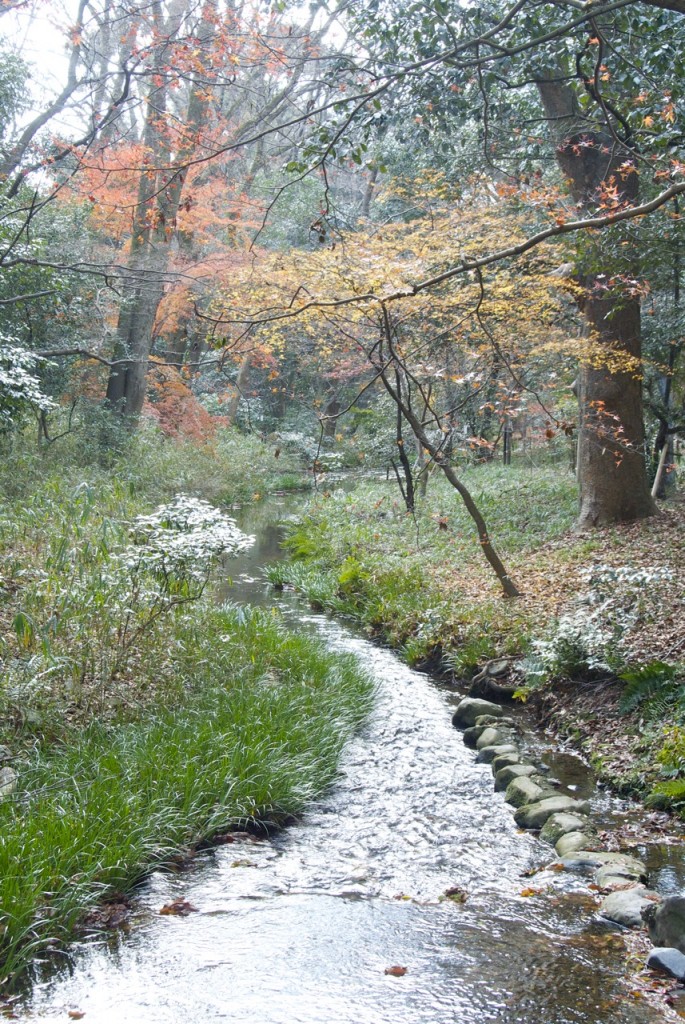
The Tadasu no mori woods, just over the road from the proposed condominium
One of the things that makes Japan such a compelling place is the country’s long cultural history. The upkeep of centuries-old buildings can be extremely expensive, however, especially since traditional Japanese architecture is mainly wood, reed, and paper, which aren’t exactly the sturdiest building materials.
As we’ve seen before, sometimes even sites of historical significance can struggle to make ends meet, and Kyoto’s famous Shimogamo Shrine is no exception. That’s why in order to raise the funds it needs, the institution, which was founded some 1,400 years ago, is planning to lease a section of its grounds for the construction of a condominium complex.
Although it’s been around in some form since the 6th century, the Shimogamo Shrine has gotten a number of publicity boosts in the modern era. The shrine was designated a UNESCO world Heritage Site in 1994, and much of the surrounding forest is part of the Tadasu no Mori, an old growth nature preserve that’s listed as a national historical site. In even more recent years, the shrine was depicted in in the 2013 Kyoto-set anime “The Eccentric Family,” and the shrine remains one of the most important Shinto sites in Kyoto, beloved for its fall colors and host of the Aoi Matsuri festival, held every year on May 15.
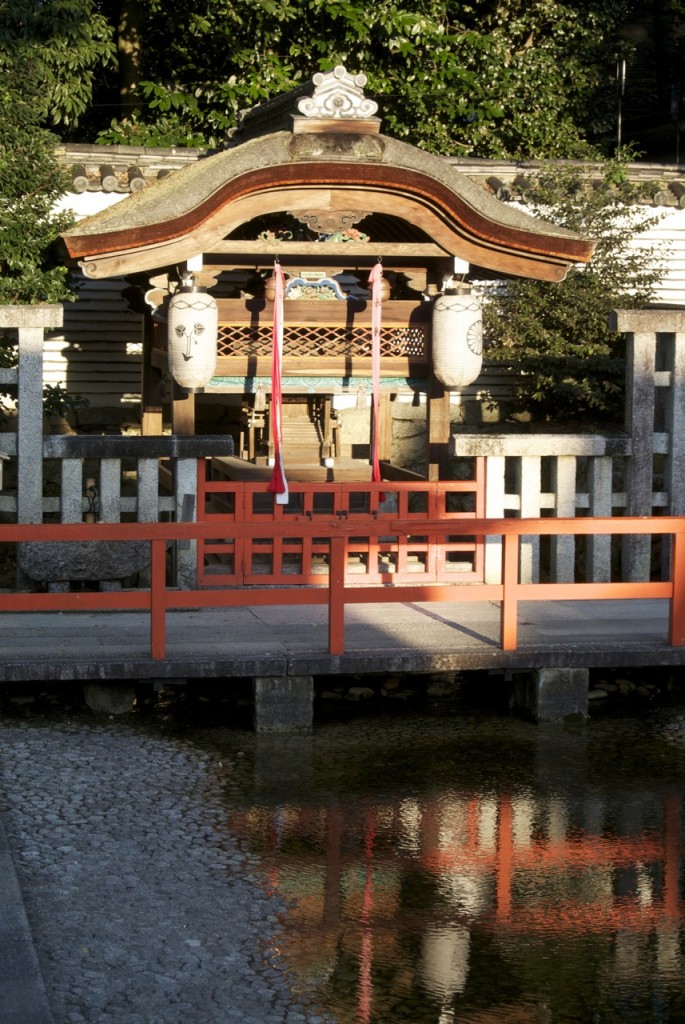
The shrine is known for its pure water flowing through the grounds and celebrated by the Mitarashi Jinja
This year, however, the shrine’s finances are looking bleak. Like many shrines, Shimogamo periodically takes part in a ritual called Shikinen Sengu, wherein new shrine buildings are constructed to replace the old ones as the homes of the gods. Shimogamo Shrine does this once every 21 years, and with Shikinen Sengu scheduled to happen in 2015, expects to incur related expenses of some three billion yen.
Government funding should provide about 800 million yen, and, like many shrines in Japan, Shimogamo is also likely to receive donations from major business entities. However, two months into the year, donations are not projected to be nearly enough to cover the necessary costs. In response, Shimogamo Shrine announced earlier this week that it is planning to lease out a section of its shrine grounds for the construction of a condominium complex.
Head Priest Naoto Araki said that the ordinary monetary offerings the shrine receives over the course of a year are applied to ordinary administration and maintenance costs, but points out that the latter are rising every year. Faced with the additional burden of finding a way to pay for 2015’s Shikinen Sengu, he has come to the conclusion that there is no other choice that will enable him to preserve the shrine for future generations but to build the condos. The 50-year lease is expected to bring in about 80 million yen annually for the shrine.
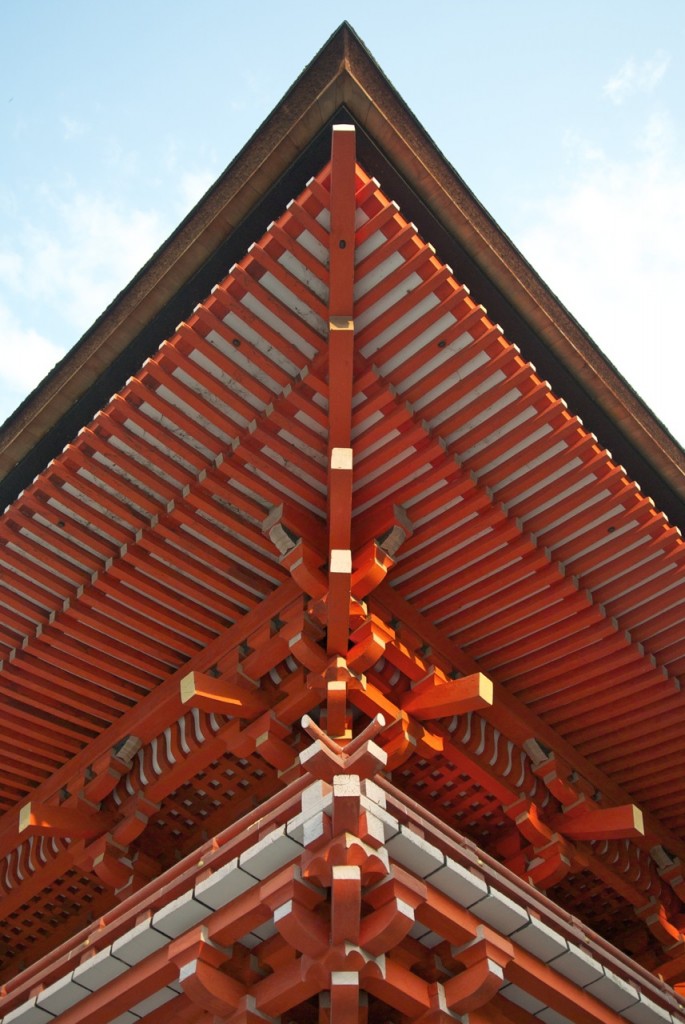
Following renewal the shrine looks resplendent – but it comes at a price
Conservationists will be partially relieved to know that the proposed construction site, while still on the shrine grounds, lies outside the World Heritage Site and national historic site boundaries. The 9,650-square-meter plot, which borders the Mikage-dori road, was formerly the site of housing for the shrine’s priests. Following World War II, the area was repurposed as a golf driving range because of financial difficulties, and in the early 1980s became a parking lot, which saw less and less use as other lots were built in the area.
In keeping with Kyoto’s reverence for its past, any development will have to comply with a number of regulations meant to preserve the city’s traditional beauty, and the developers are currently in the middle of preliminary talks with Kyoto’s Municipal Beautification Council. The proposed 107-unit complex would be spread among eight buildings, each a modest three-stories tall and no more than 10 meters high so as not to mar the surrounding views, with traditional Japanese tile roofs. Within the complex, the same type of elms as those which grow in the Tadasu no Mori woodlands are scheduled to be planted.
Despite these concessions, many online commenters still weren’t happy about the news. “I was really surprised to hear about this. I don’t mind if they charge admission to the shrine, but I want them to call off the condo construction. It’ll ruin the scenery.”
“At first I thought, ‘That’s just wrong,’ but it looks like there’s no other way for them to get the funds they need, so it can’t be helped.” “Even if they’re a World Heritage Site, is this the only way for them to survive?” “Ah man…are they still going to be able to film samurai TV shows there?”
If approval processes go smoothly, construction is expected to start in November, with completion of the complex estimated in spring of 2017. – Sources: Jin, Mainichi Shimbun
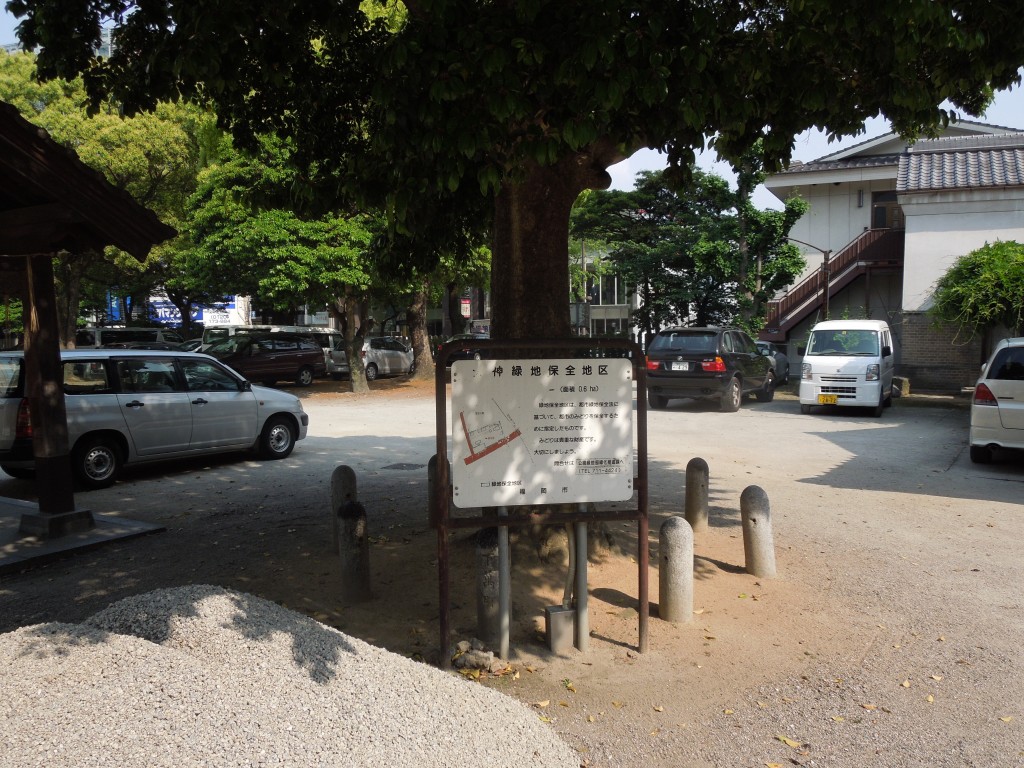
An example of how the need to provide an income can absolutely ruin a shrine and replace the worship of nature with car fumes and engine noise
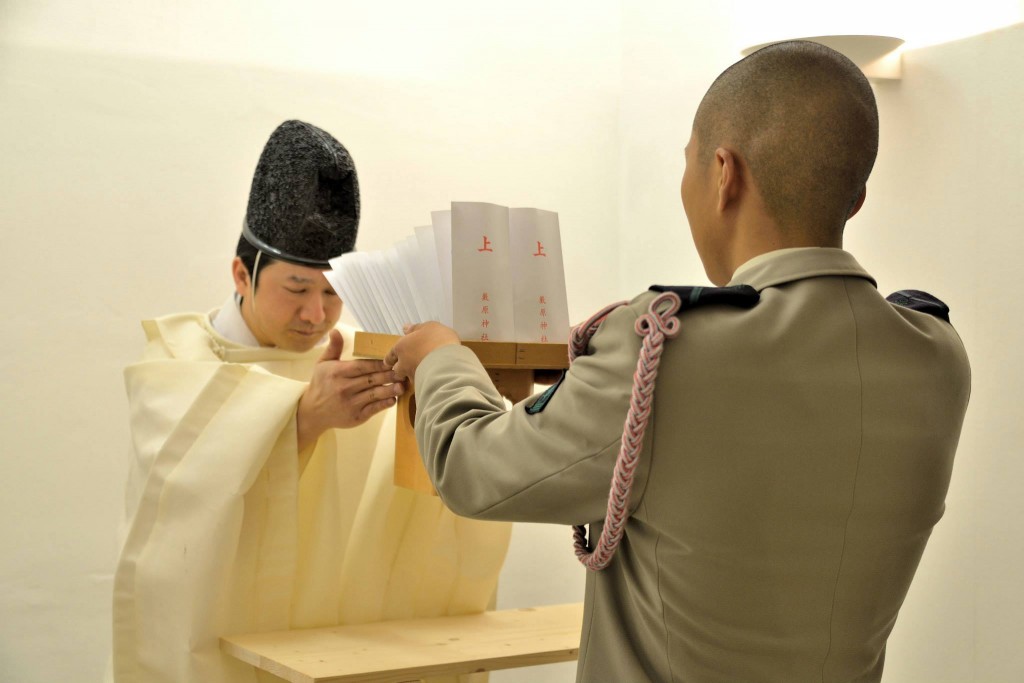
 Previously, on the 1st of January 2015 from 2 am, a ritual for good luck in combat for the French Foreign Legion had been held at the Sanctuary Yabuhara. During the ceremony,there was an offering of a pair of Kagami-Mochi (round rice cakes) and three bottles of red wine brewed by the French Foreign Legion.
Previously, on the 1st of January 2015 from 2 am, a ritual for good luck in combat for the French Foreign Legion had been held at the Sanctuary Yabuhara. During the ceremony,there was an offering of a pair of Kagami-Mochi (round rice cakes) and three bottles of red wine brewed by the French Foreign Legion.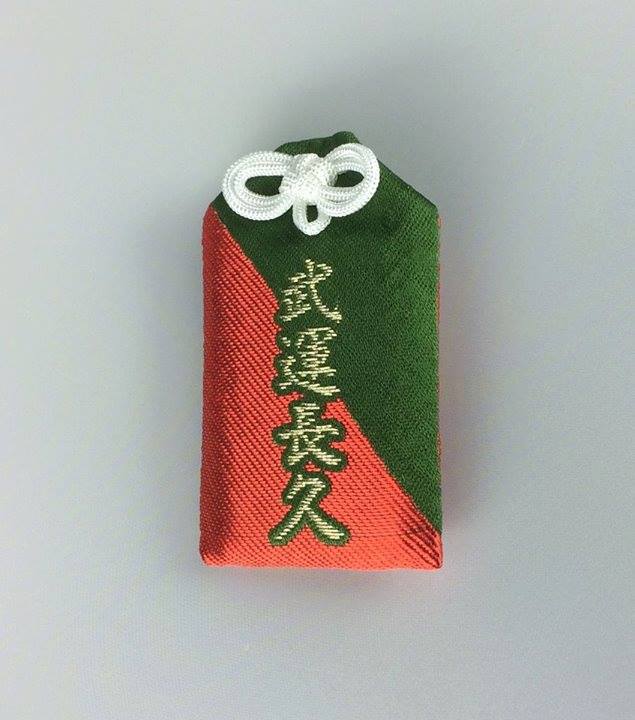
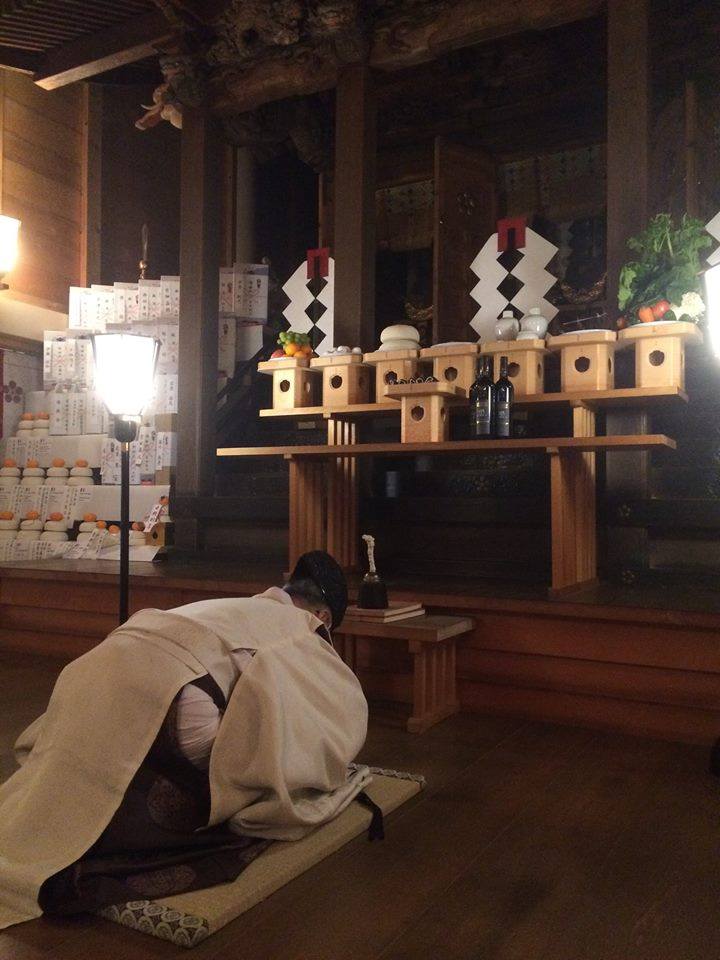




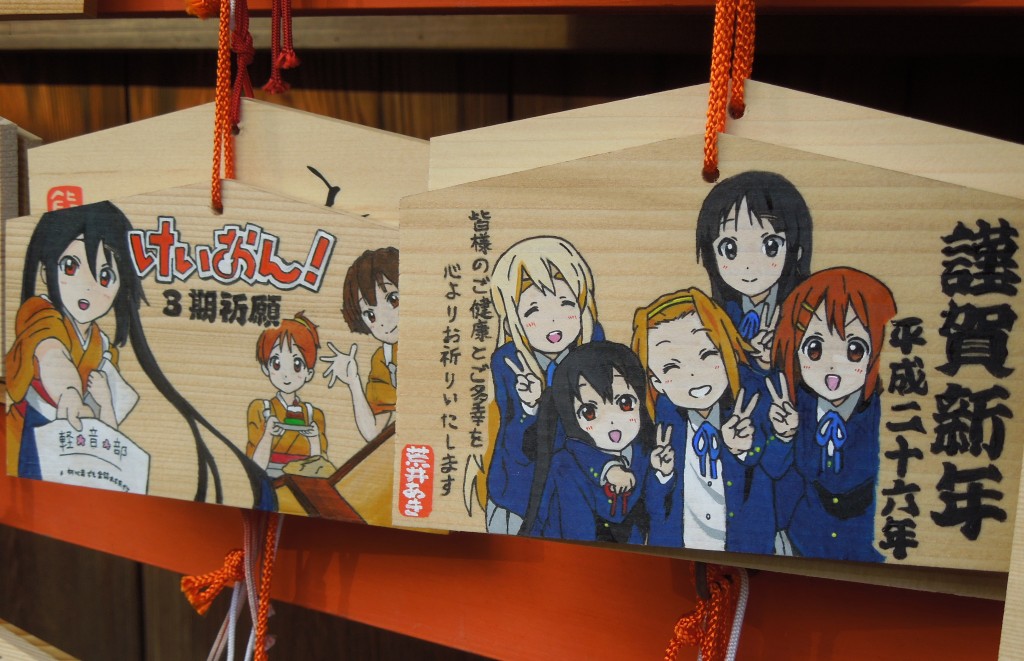
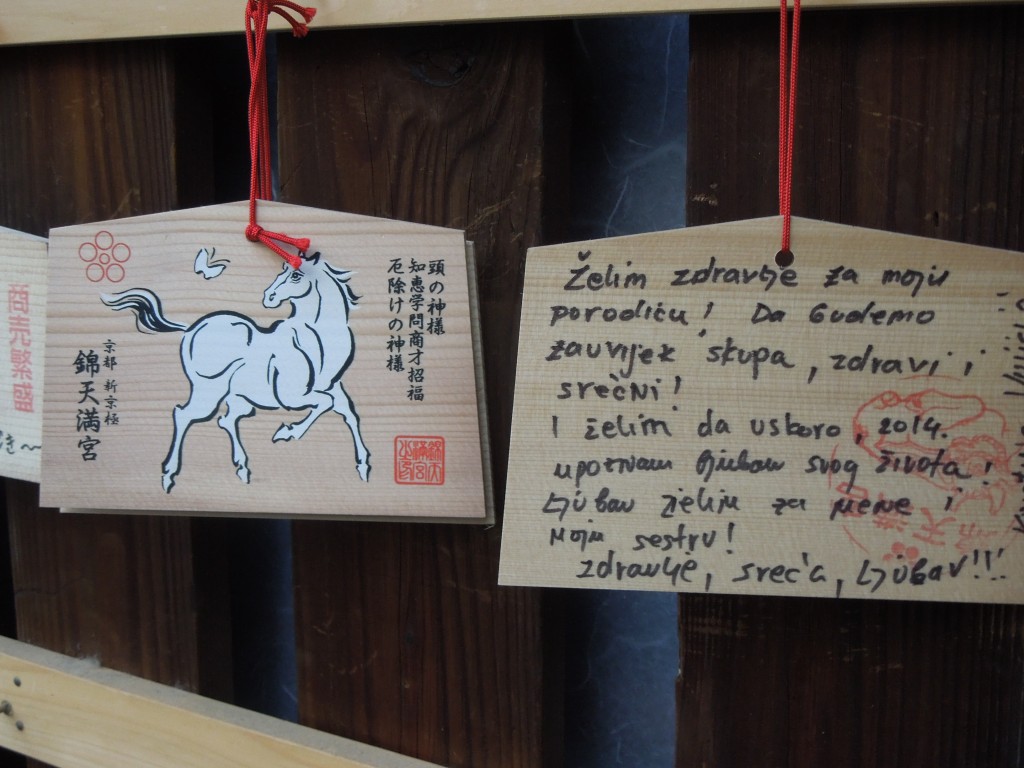
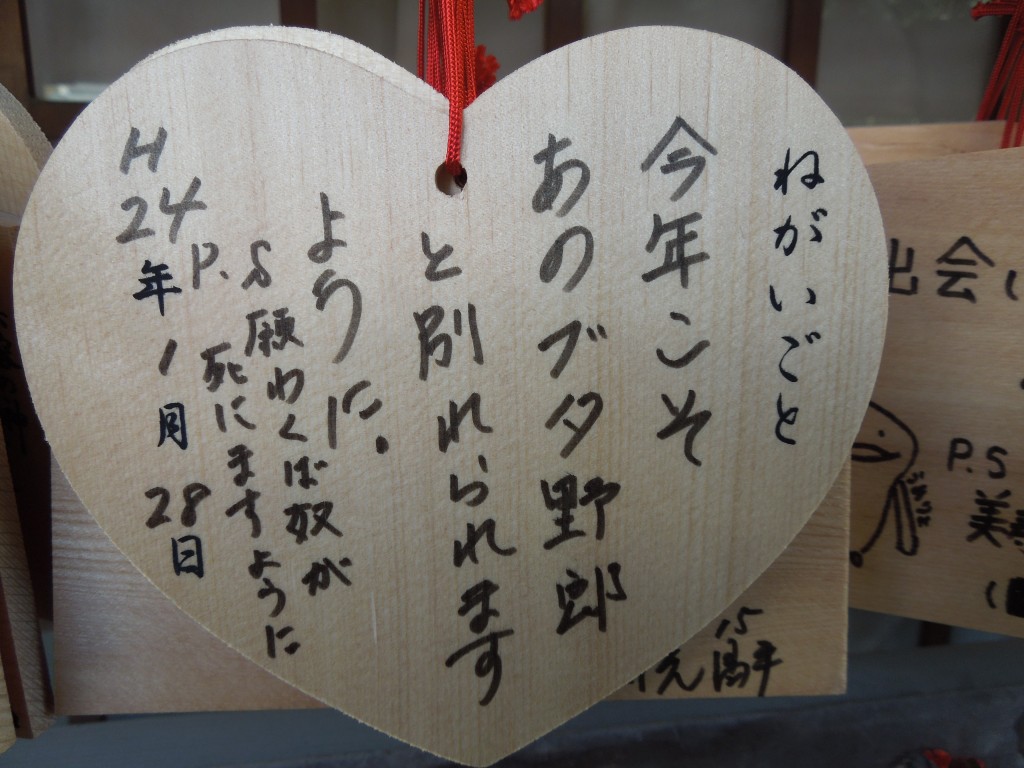
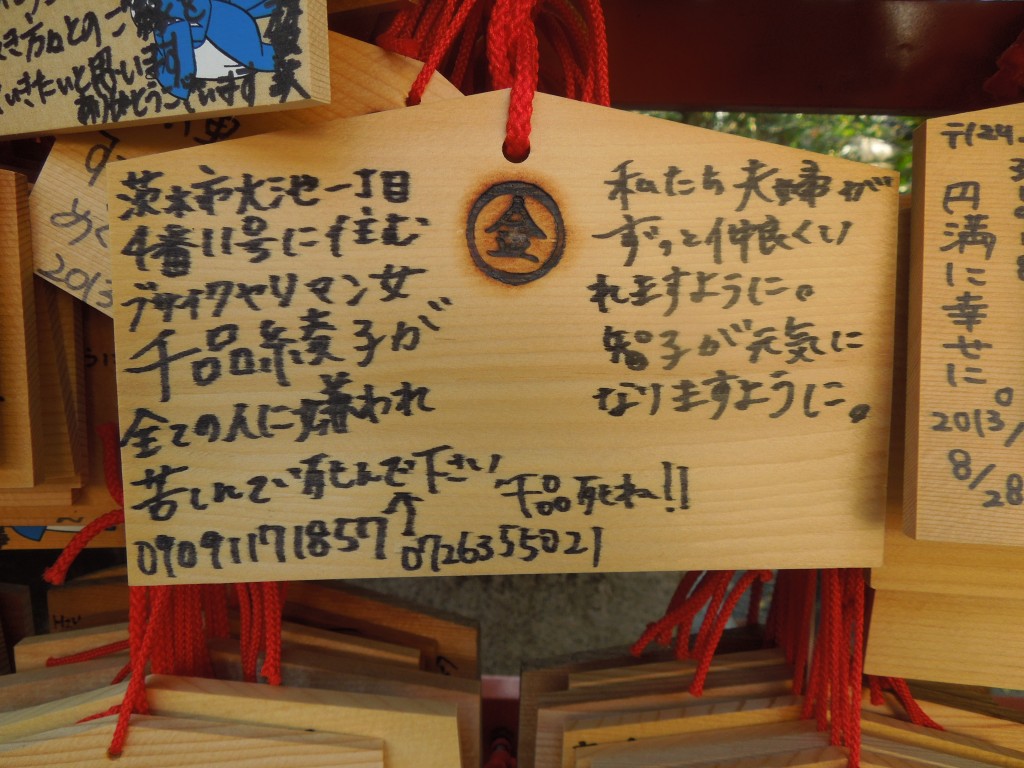
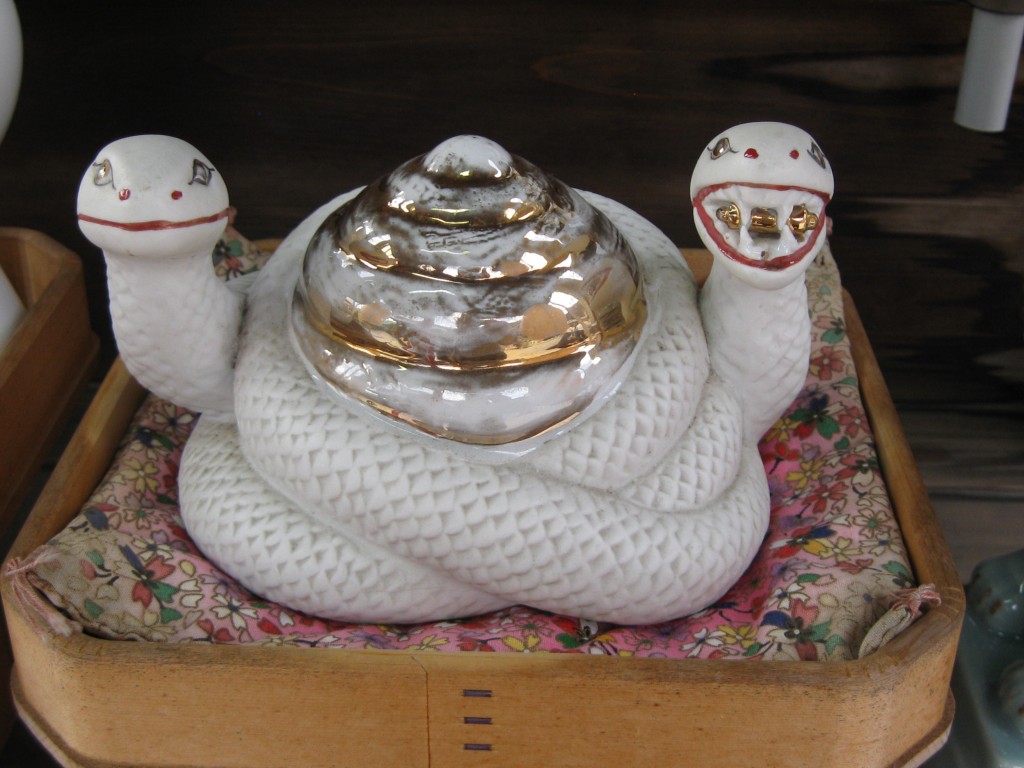
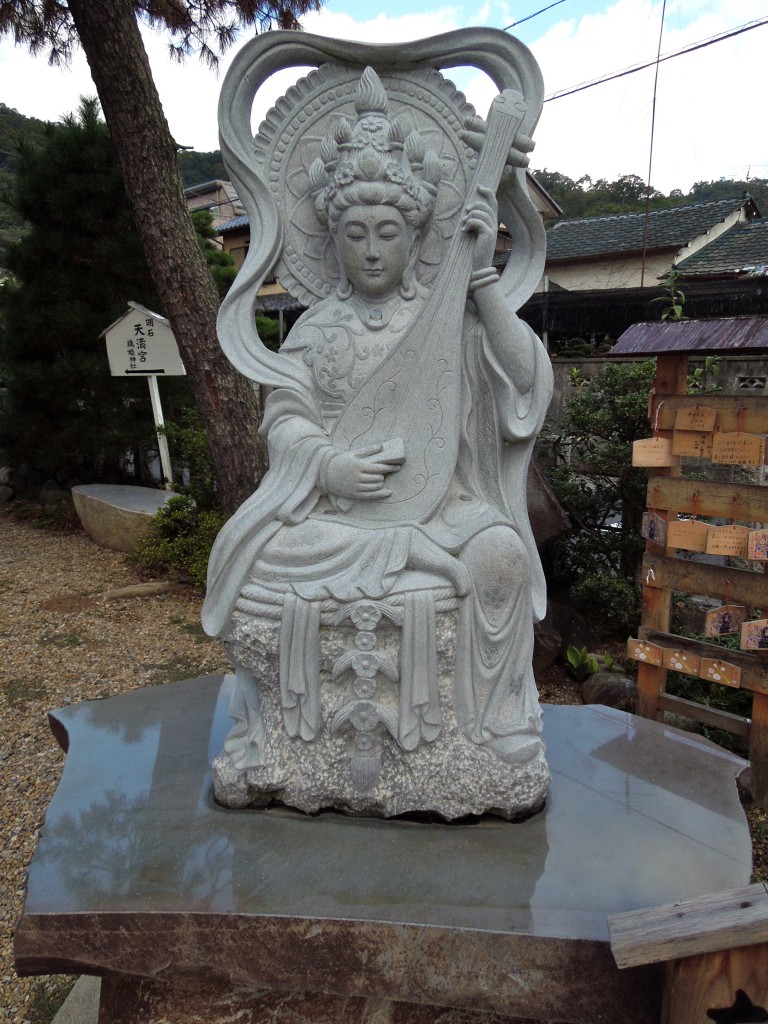
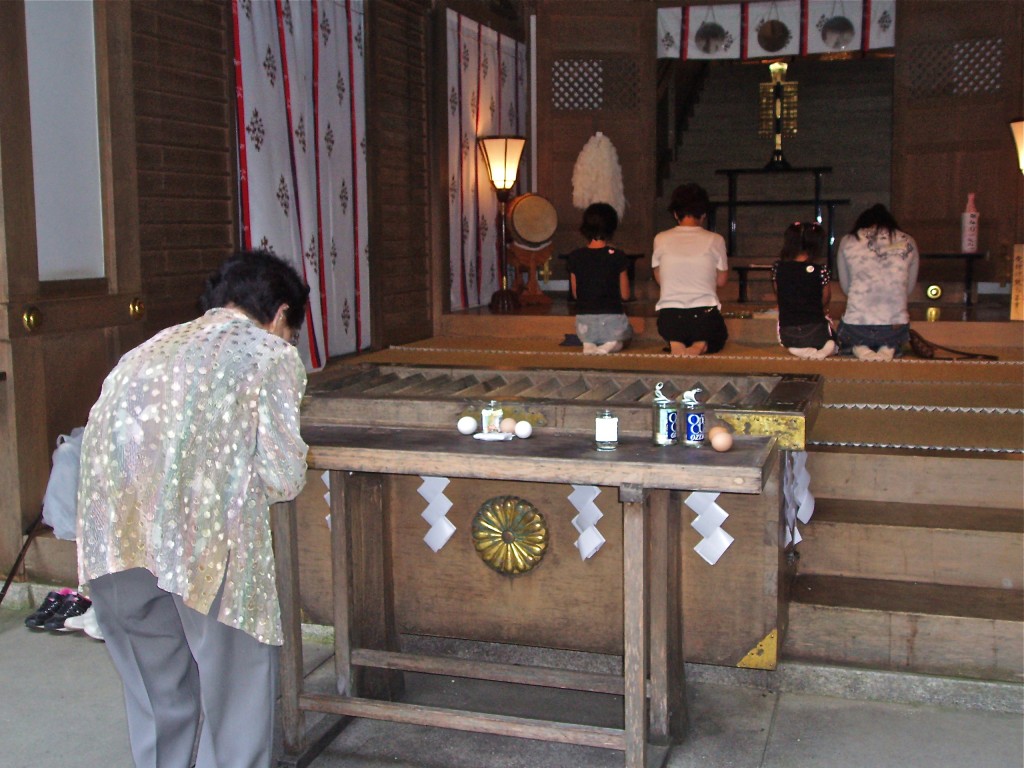
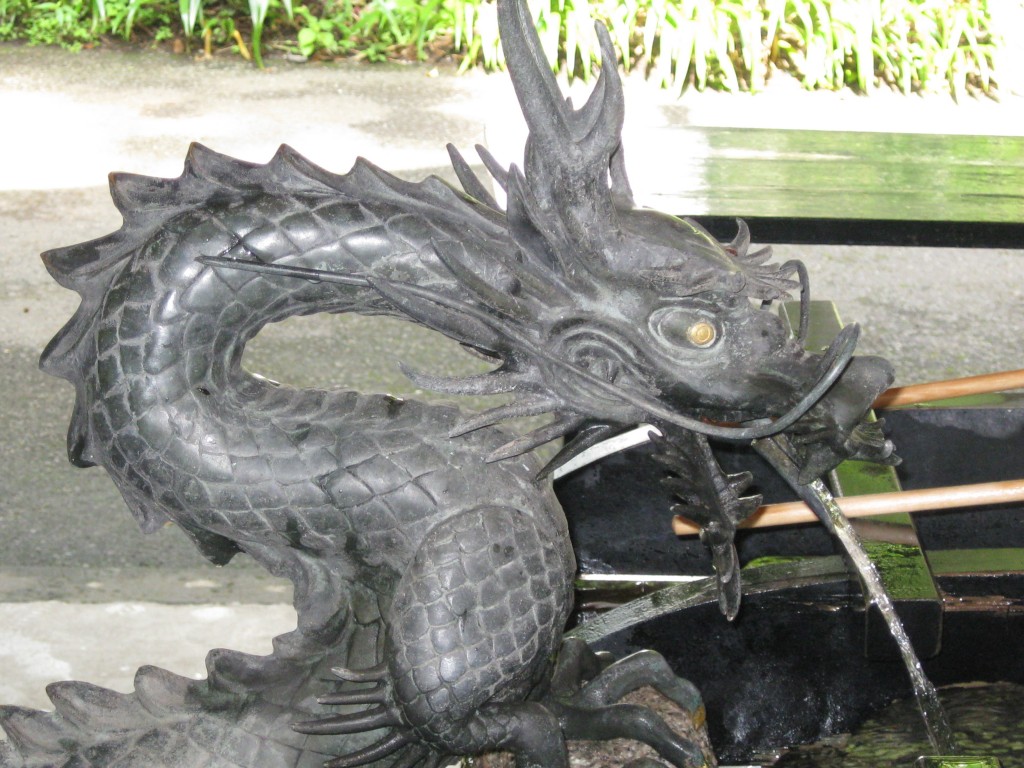
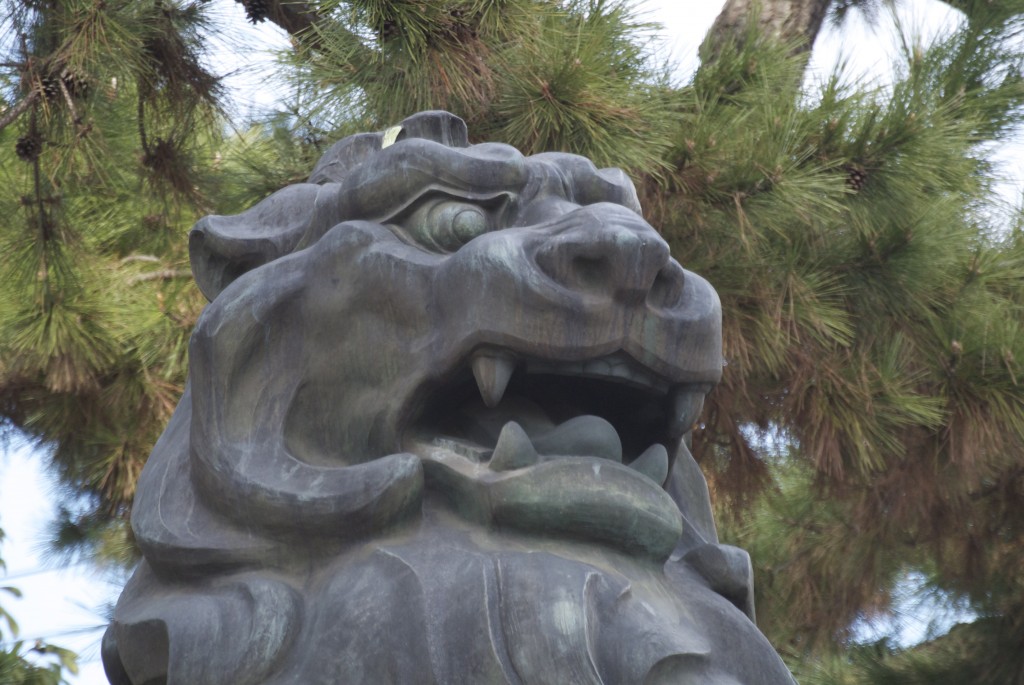
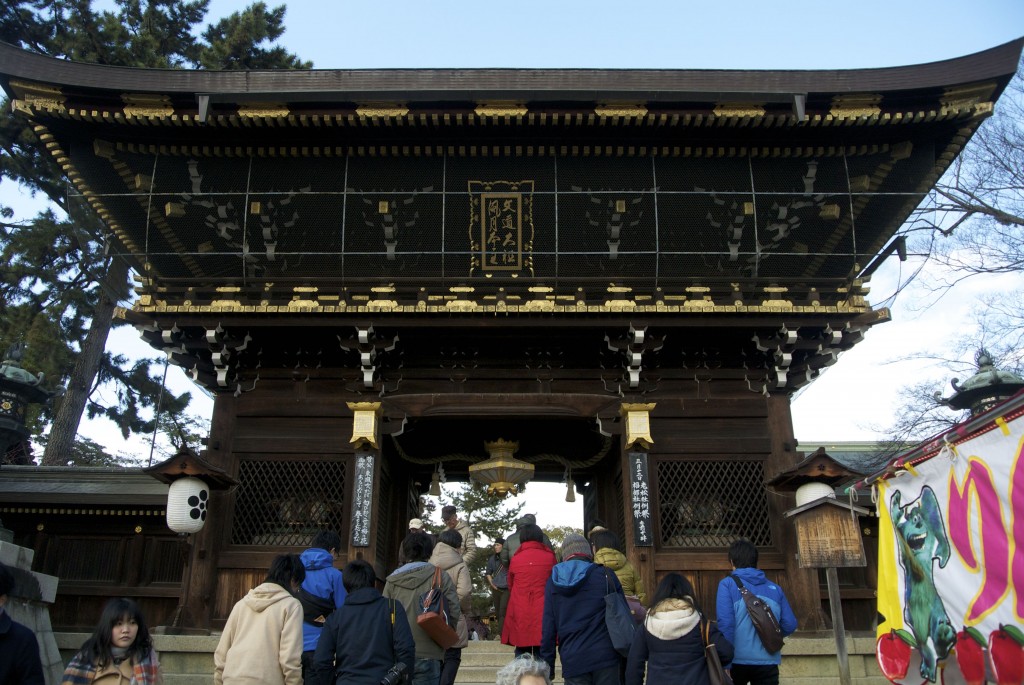
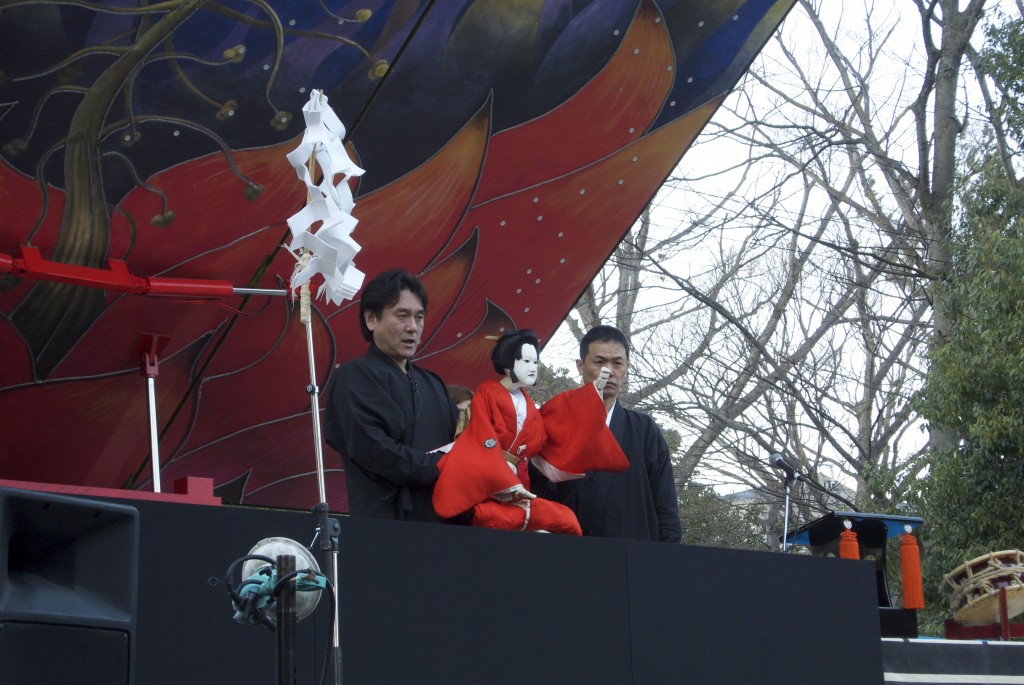
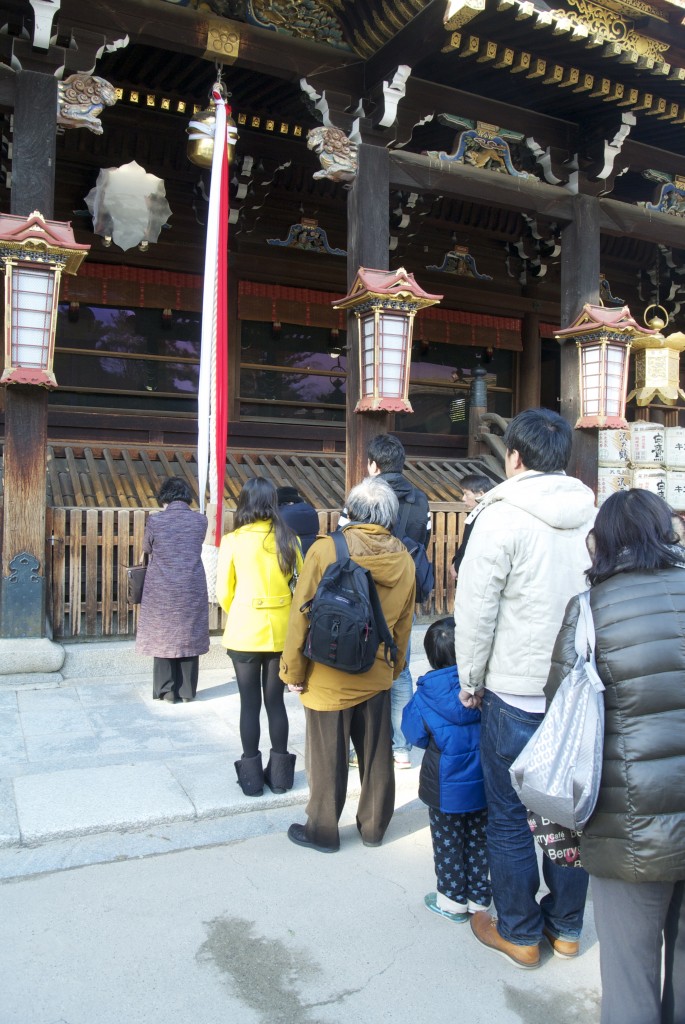
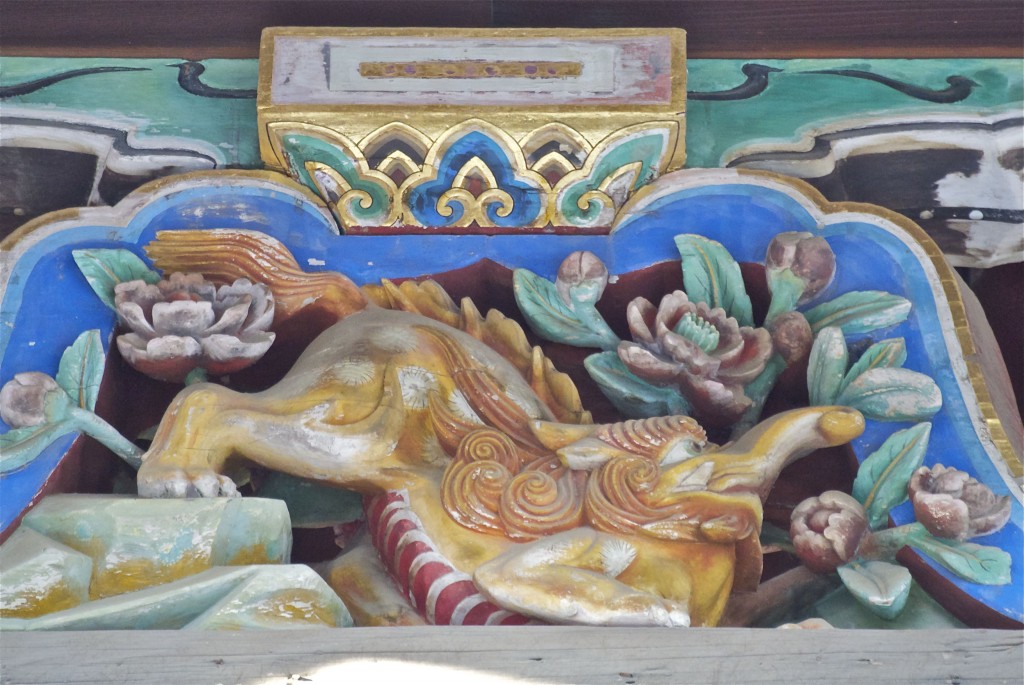
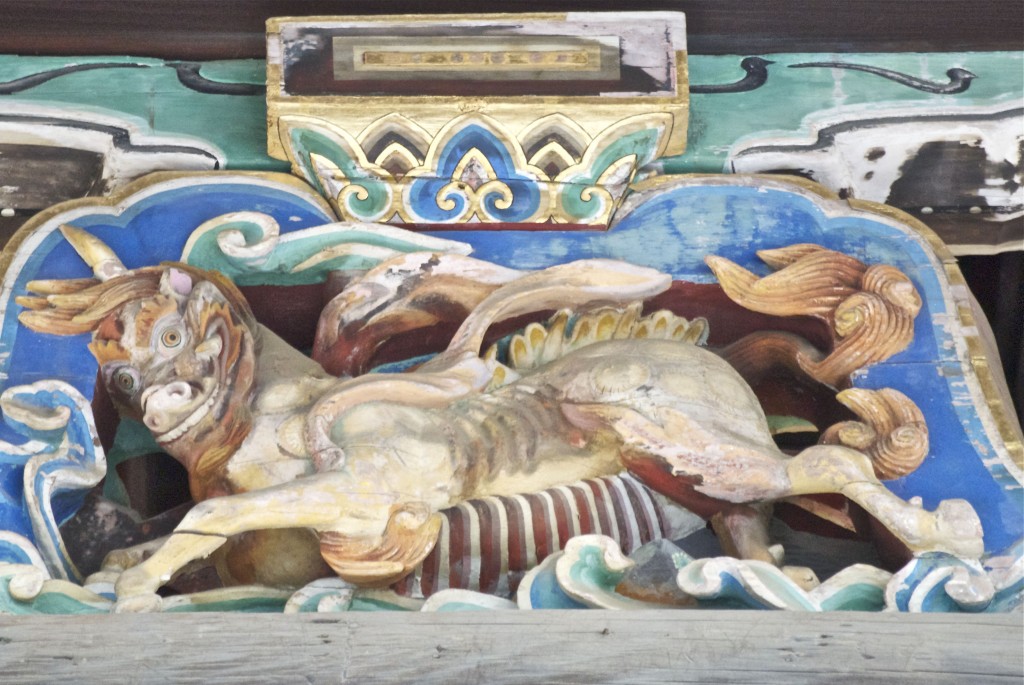
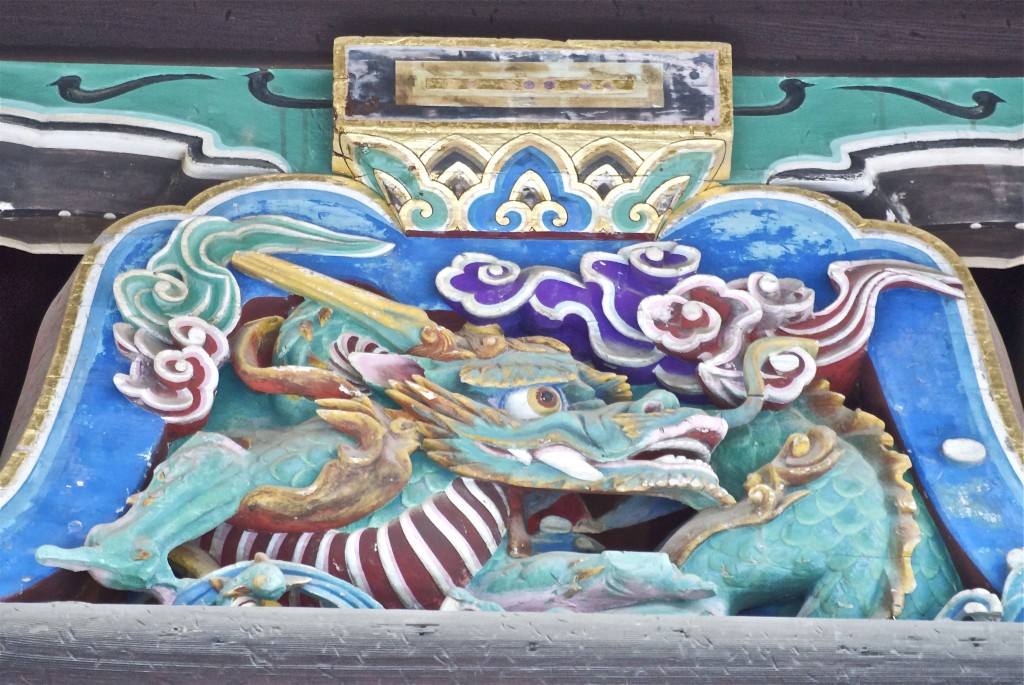
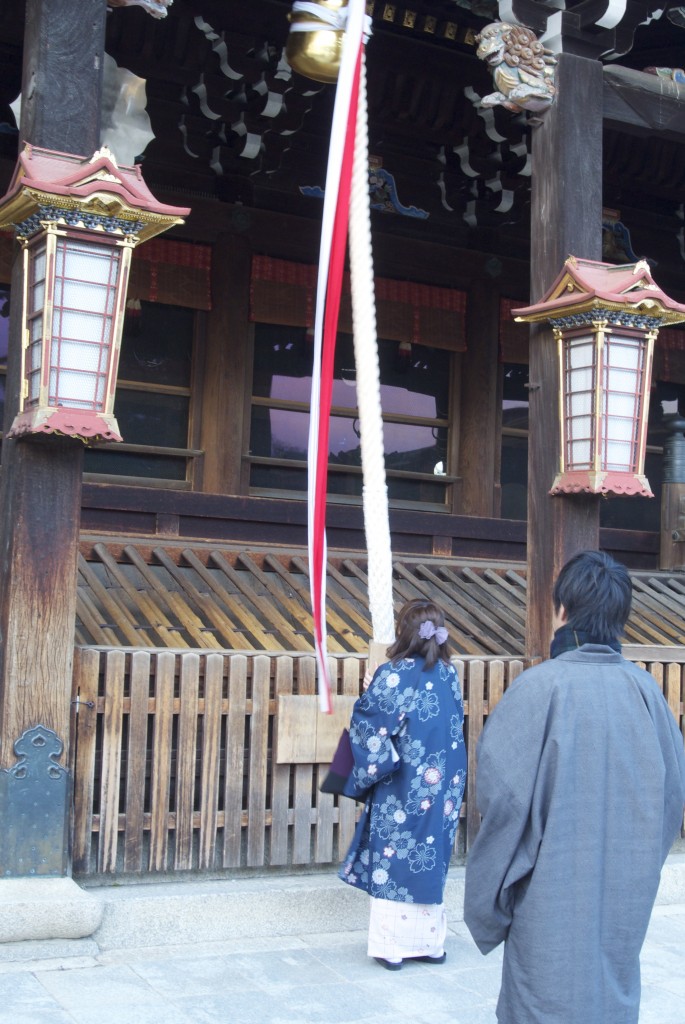
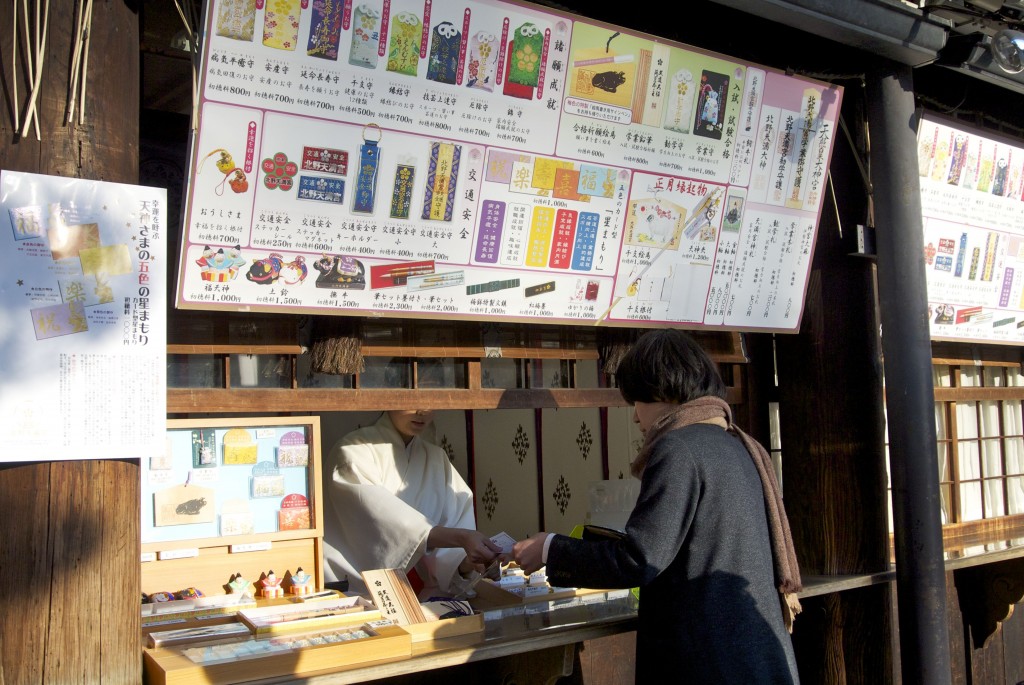
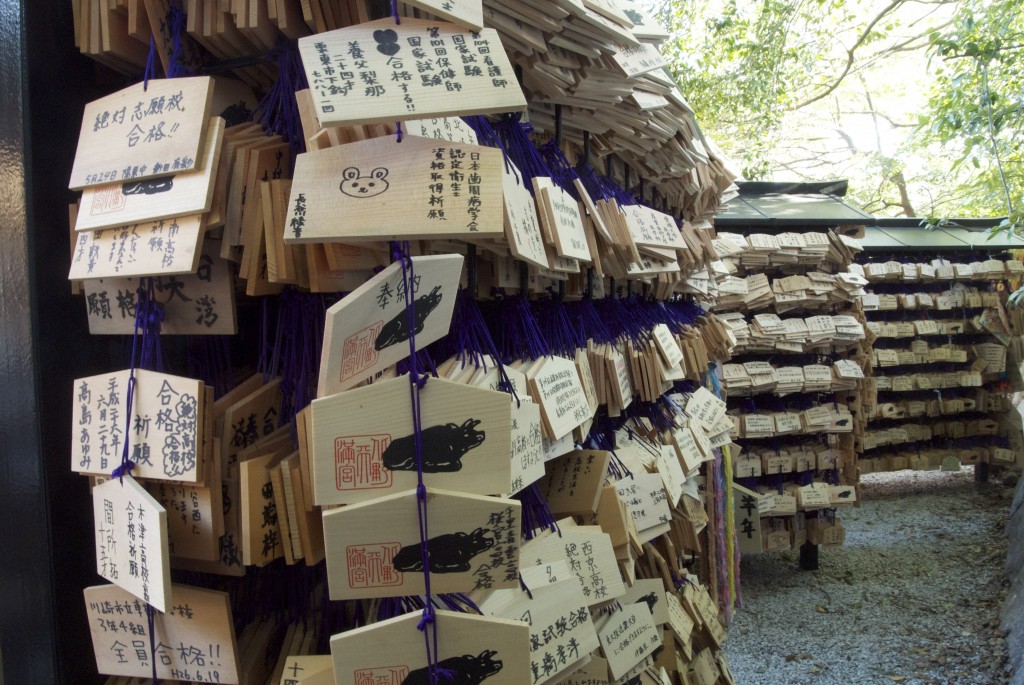
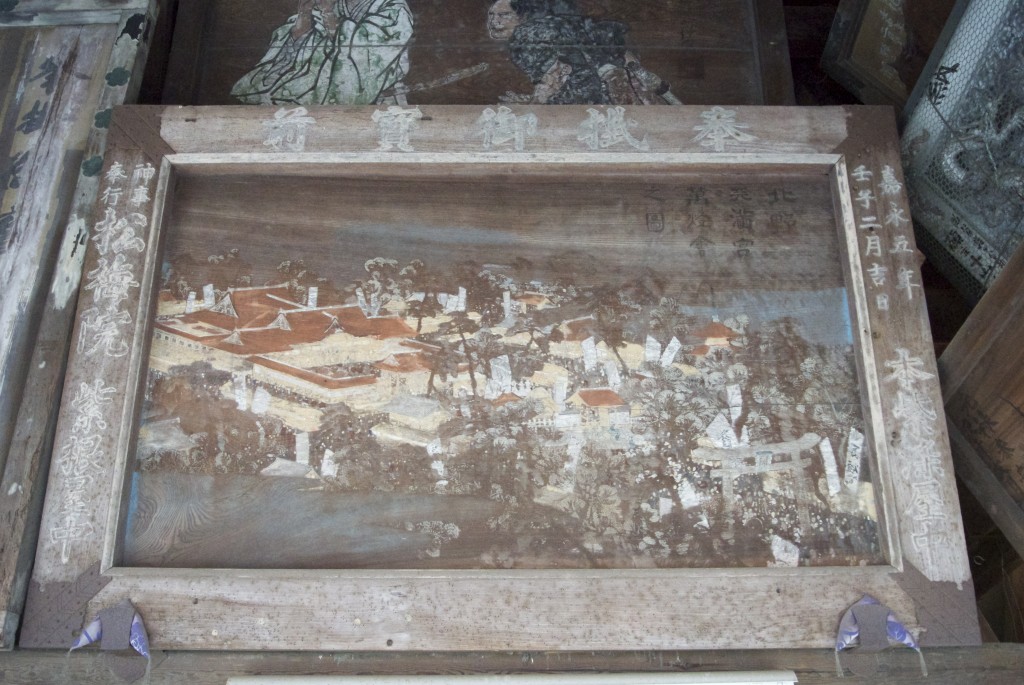
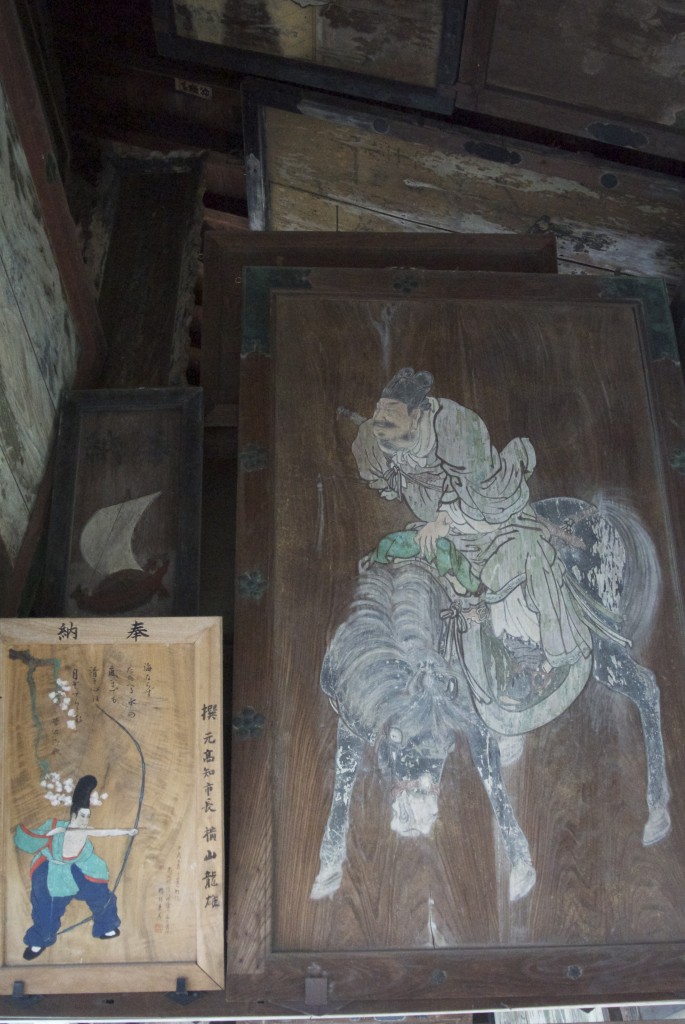
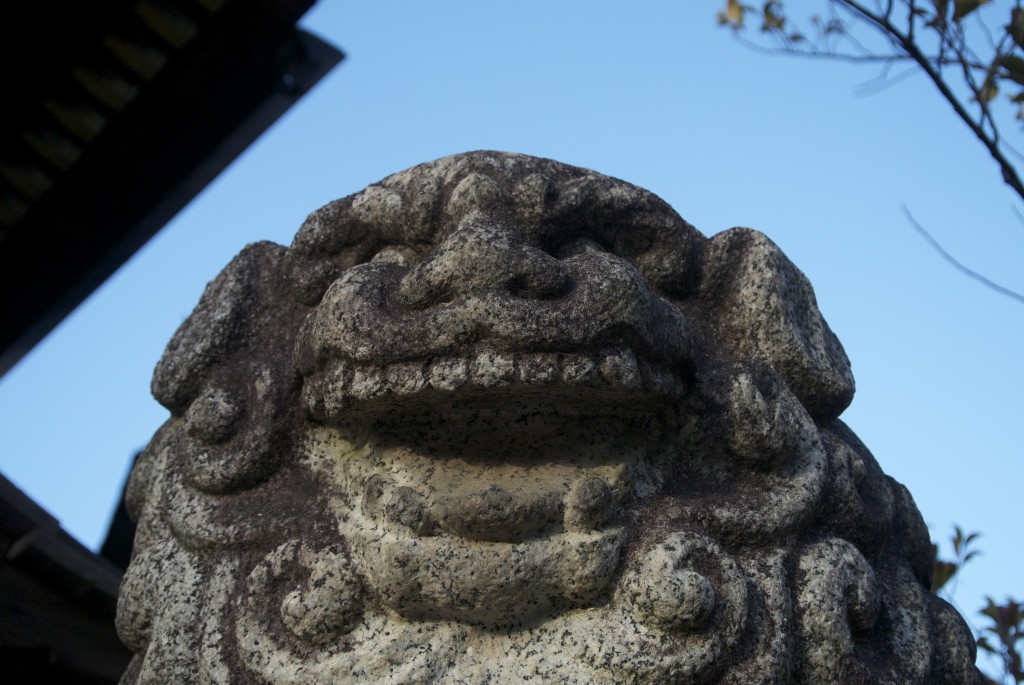
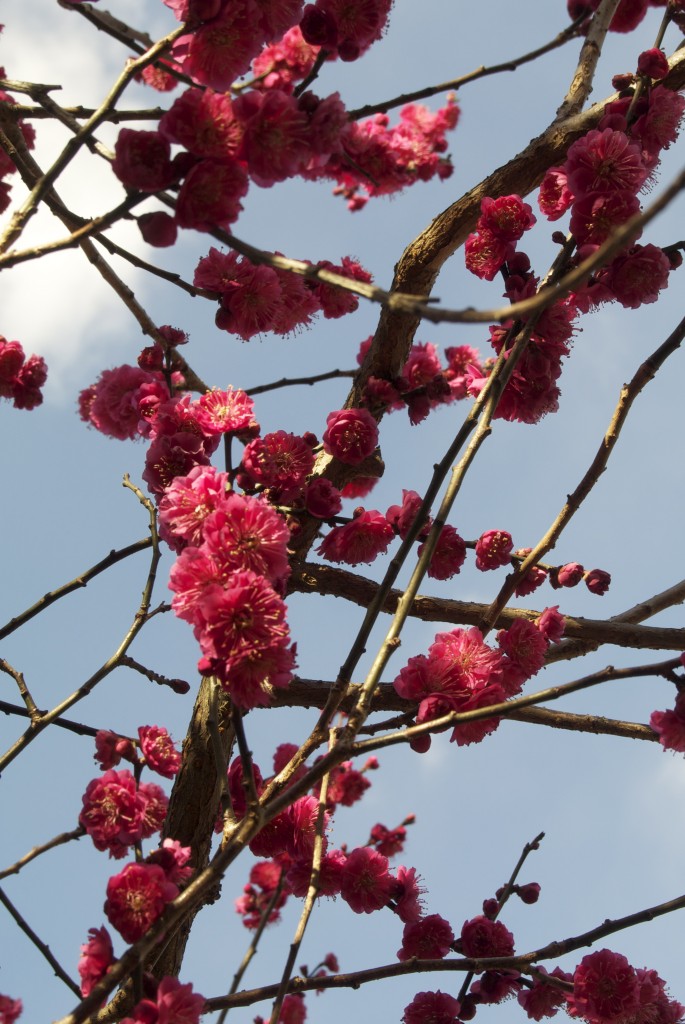
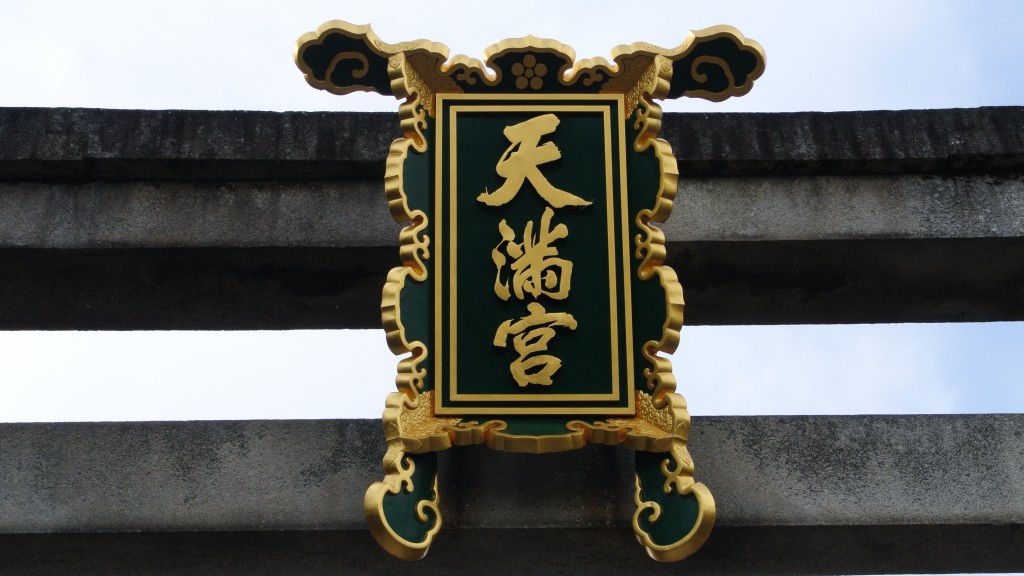
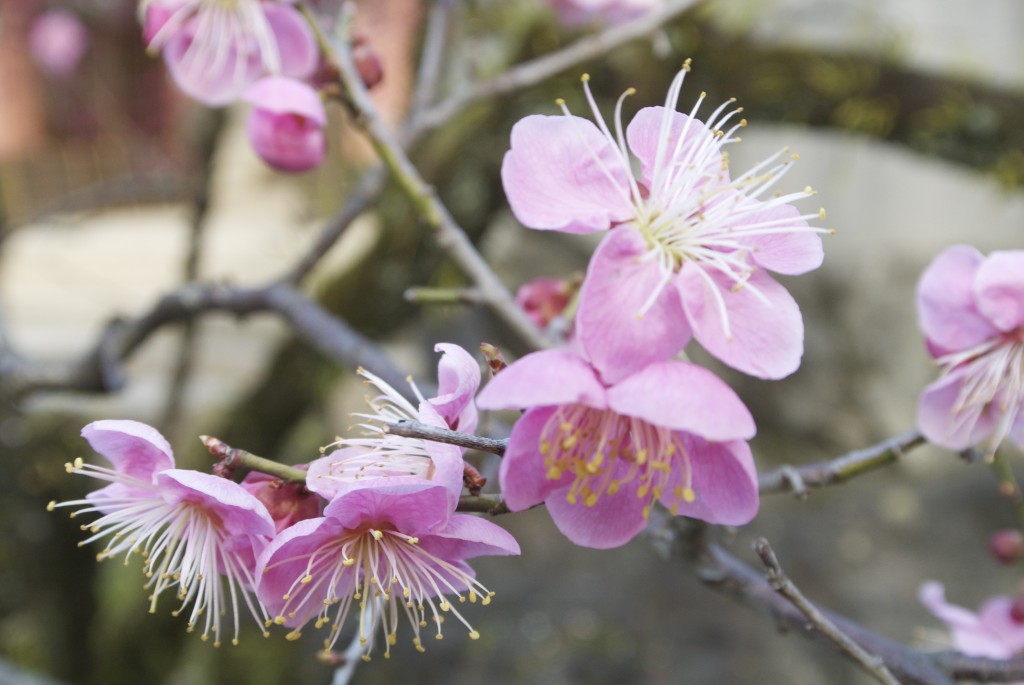
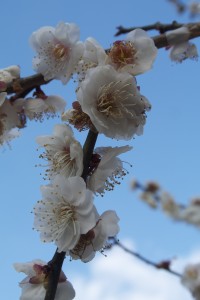
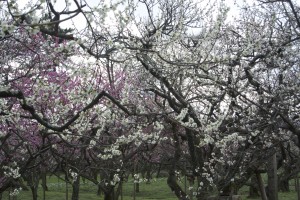 As well as individual plum trees dotted around the grounds, Kitano Tenmangu boasts a grove of some 2000, and it is here every year that the Baikasai (Plum Blossom Festival) is held on Feb. 25. The festival began about 900 years ago, and a huge open-air tea ceremony is held nowadays by the geisha and apprentice maiko of the nearby Kamishichiken district. It was one of the first events I ever saw in Japan when travelling around the world in 1975, and it made a profound impression.
As well as individual plum trees dotted around the grounds, Kitano Tenmangu boasts a grove of some 2000, and it is here every year that the Baikasai (Plum Blossom Festival) is held on Feb. 25. The festival began about 900 years ago, and a huge open-air tea ceremony is held nowadays by the geisha and apprentice maiko of the nearby Kamishichiken district. It was one of the first events I ever saw in Japan when travelling around the world in 1975, and it made a profound impression.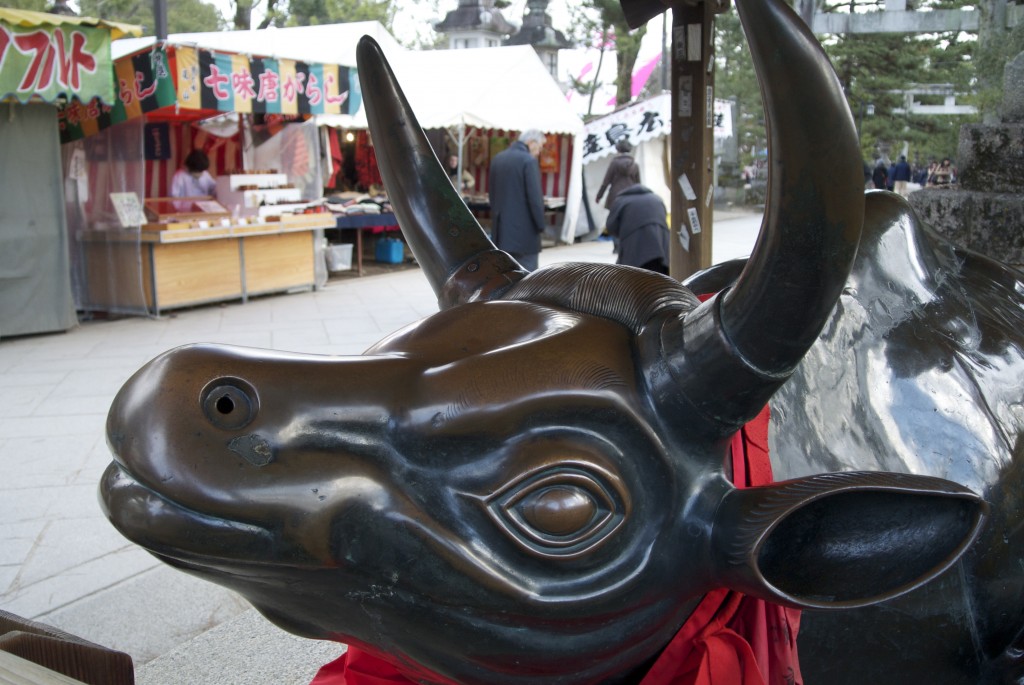
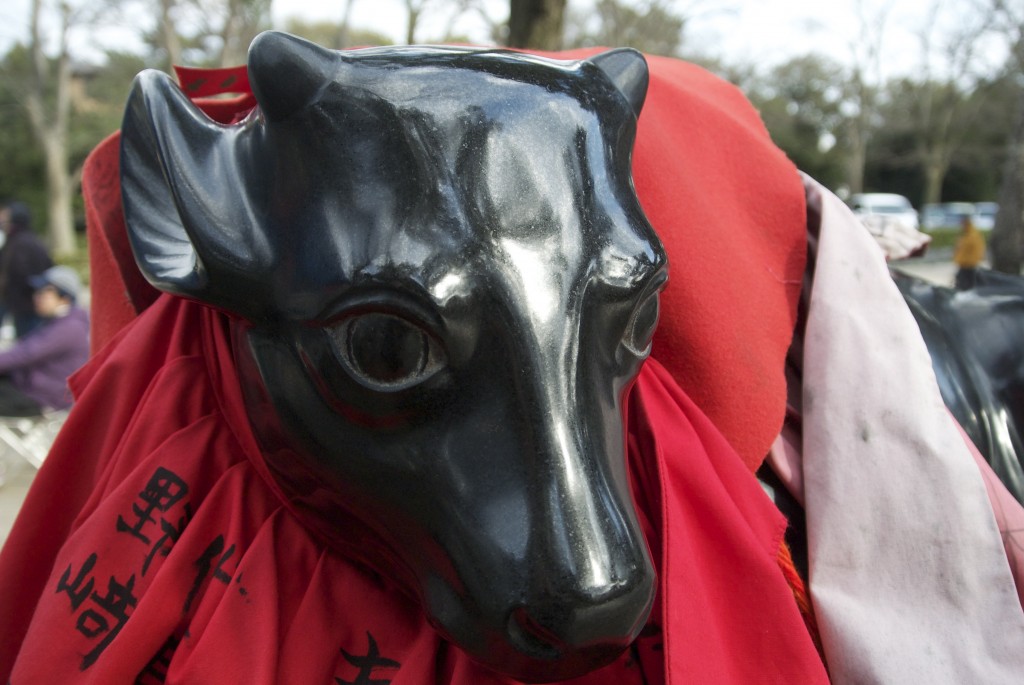
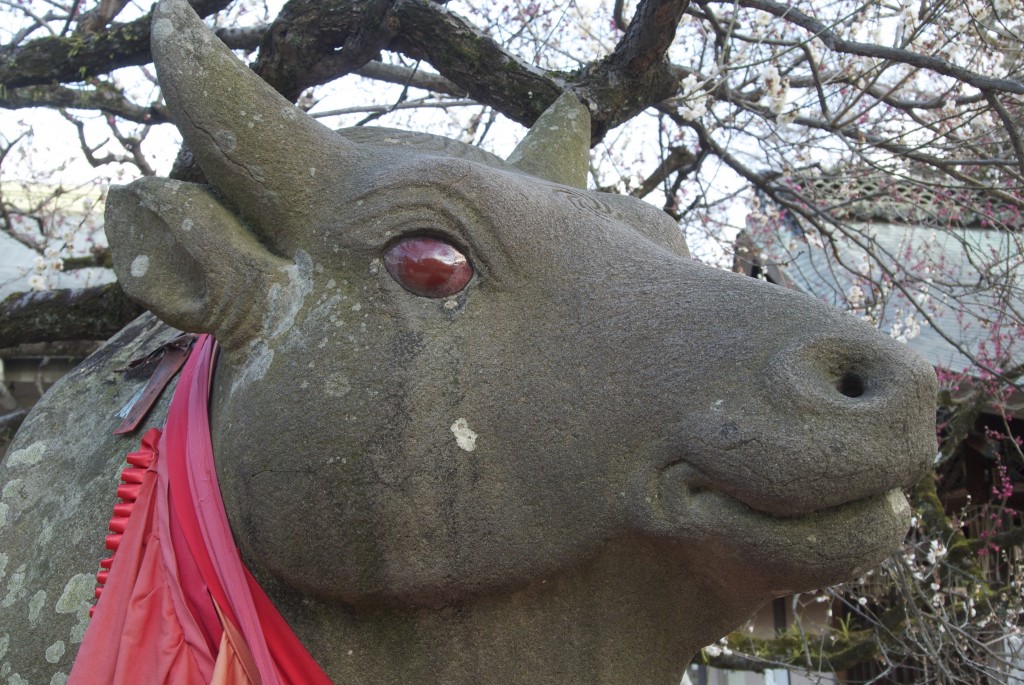
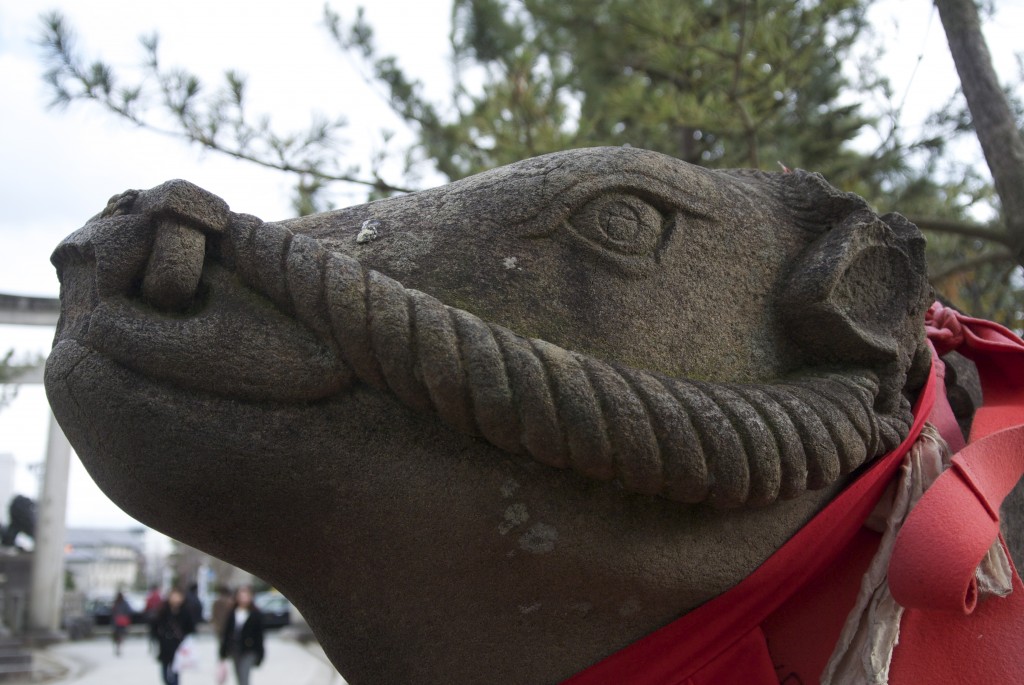
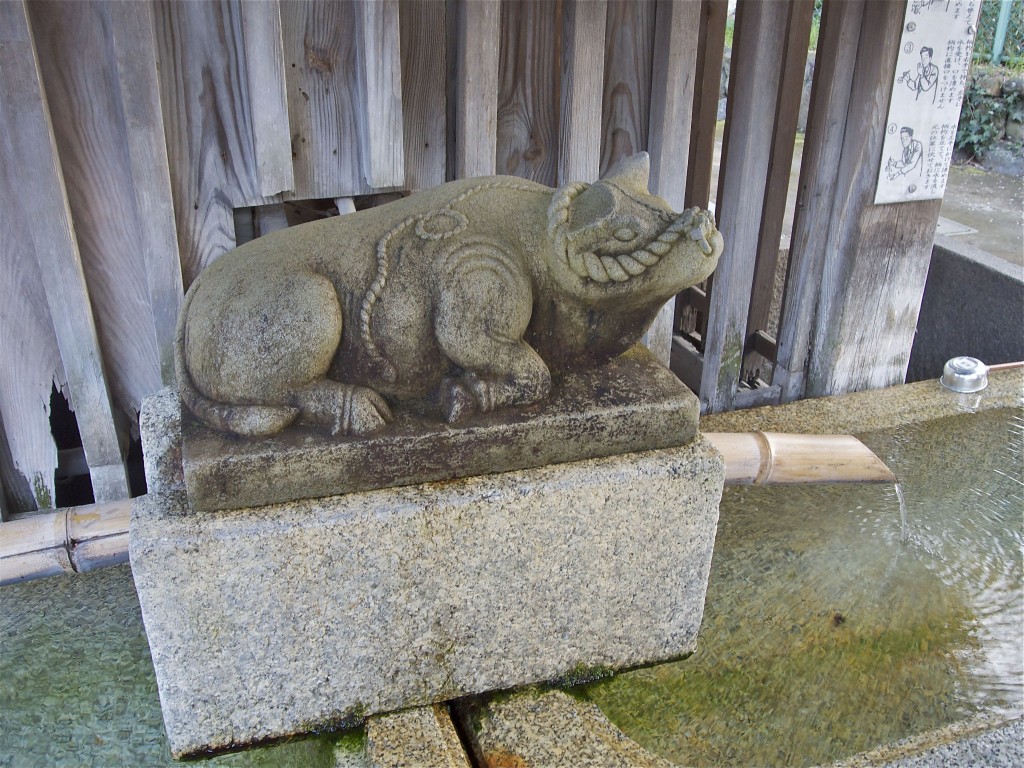
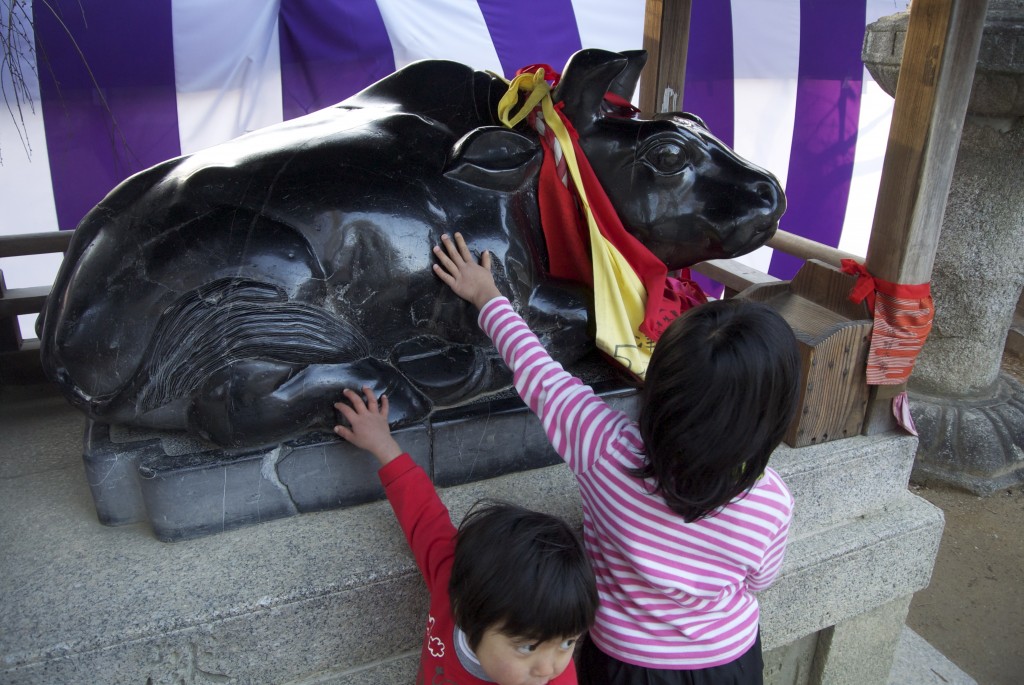
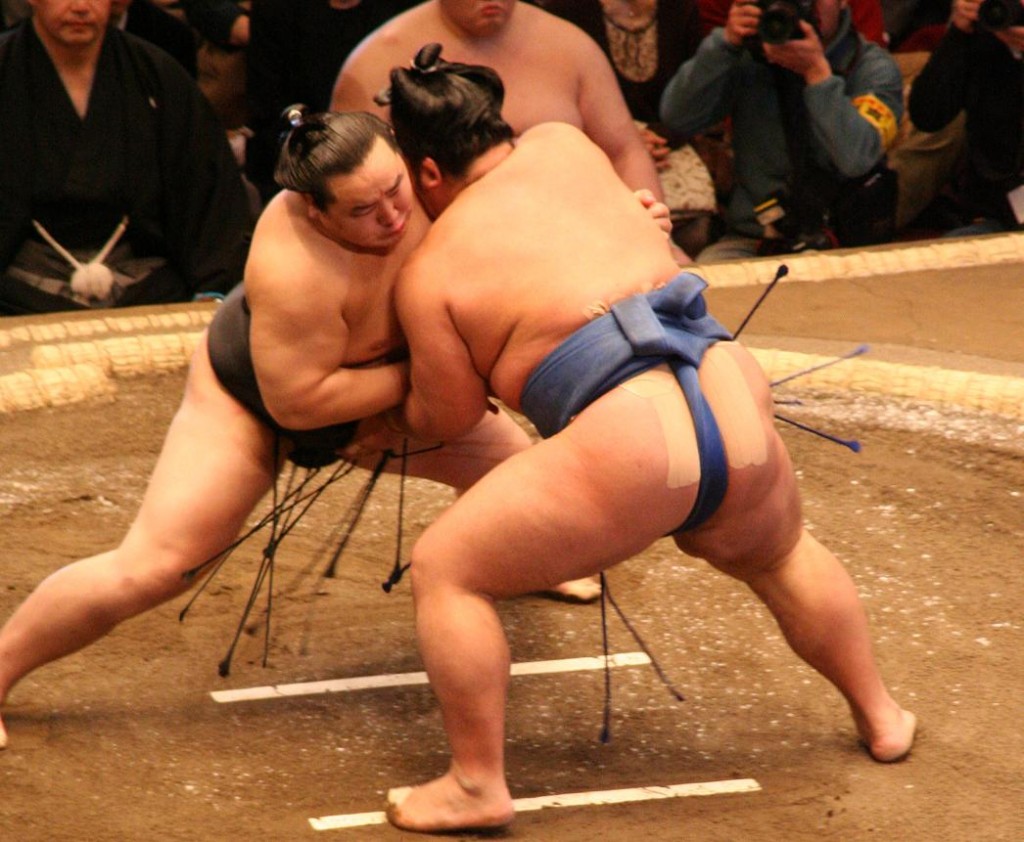

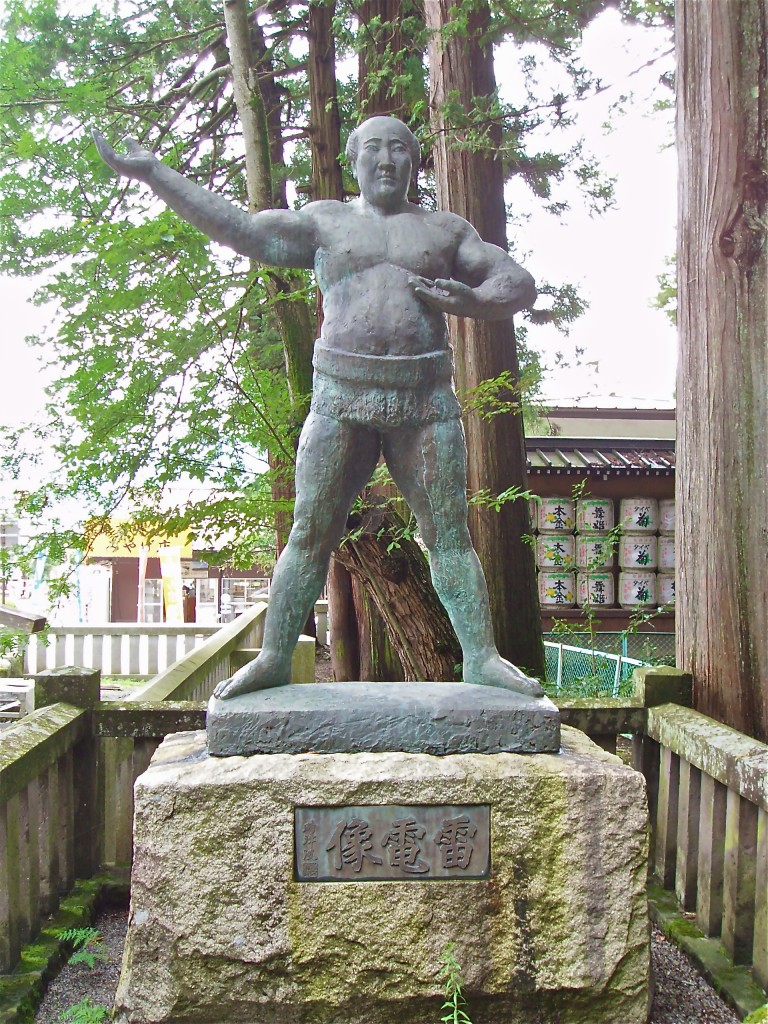

 My local shrine has been making the headlines because of its plans to build a three-storey apartment block within its precincts overlooking the famed Tadasu no mori woods, which are a remnant of the original woodland that once covered the Kyoto basin.
My local shrine has been making the headlines because of its plans to build a three-storey apartment block within its precincts overlooking the famed Tadasu no mori woods, which are a remnant of the original woodland that once covered the Kyoto basin.


